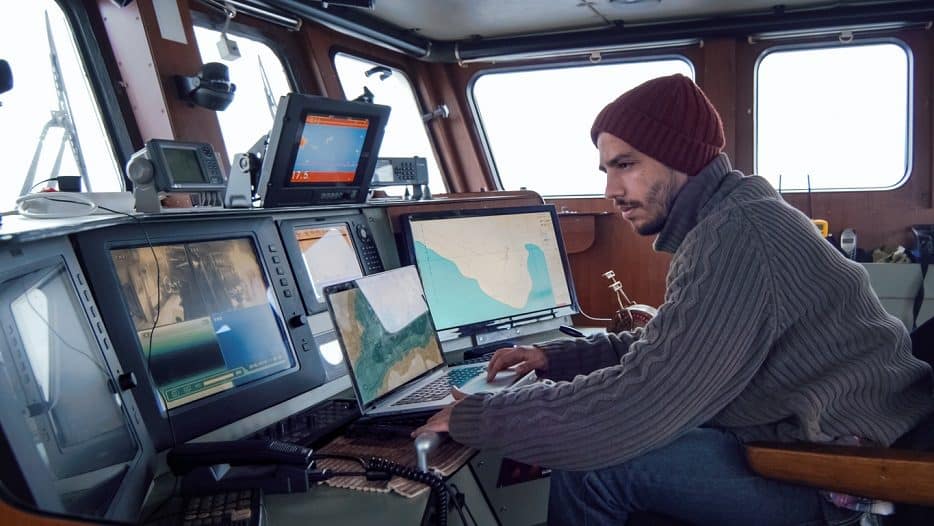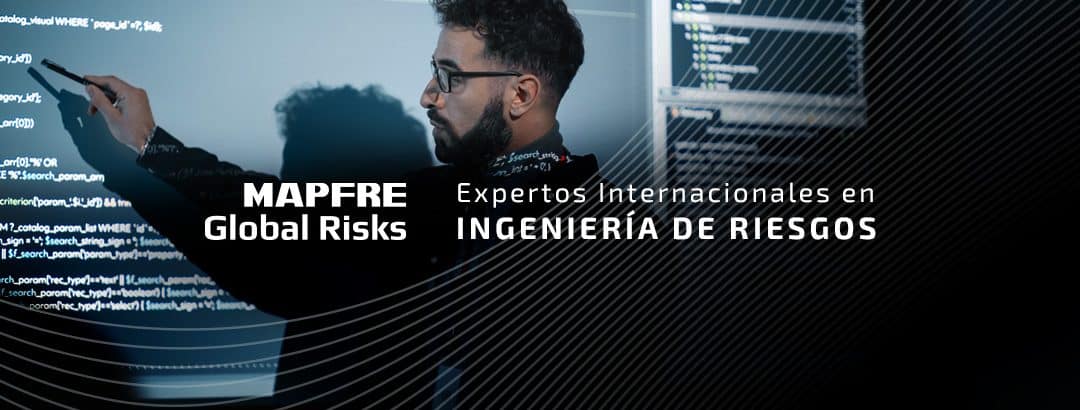Cristina Leon Vera | 02/11/2023
Communication is key in transport in general and in particular challenging in the marine industry. For its certainty, it faces ongoing challenges related to safety, efficiency and productivity in an environment as dynamic as the oceans.
Logistics are a key part of global economic development and over 70% is done by sea. To make navigation efficient and safe, satellite communication is increasingly important to the maritime industry, as revealed to us by Antonio P. Sandoval Díaz of the Marine Technology Unit (UTM) of the Superior Scientific Research Council (Consejo Superior de Investigaciones Científicas, CSIC).
For these connections to be stable, the following practices are necessary:
- “preventive maintenance,
- periodic testing,
- equipment upgrade,
- personnel training
- and ongoing monitoring of the performance of telecommunications systems,” says the telecommunications specialist.
Risks and benefits of this technology
Among the many benefits of satellite communication in the maritime industry, the expert highlights global coverage, highly reliable connectivity, and scalable bandwidth, which enable high-quality data, voice, and video transmission.
“This entails multiple applications such as those regarding security, agile response to incidents or emergency situations, operational efficiency and remote navigation, management and technical support, as well as entertainment and life-on-board reconciliation,” says Sandoval.
However, it also emphasizes several risks and challenges of this technology, such as the considerable cost it poses and provider dependency. These could be mitigated through optimizing contracts and underwriting plans or by keeping constant lines of research and innovation open.
“High latency and bandwidth management can also be a risk, causing congestion issues and impacting the performance of critical applications or the quality of real-time communications such as calls and video conferencing,” the specialist warns.
For the latter problem, the CSIC recommends incorporating systems with QoS (quality of service) that enable the molding and prioritization of data traffic such as phone calls and video conferences over others such as file downloads, ensuring that critical applications run without interruption and have high quality, as well as controlling how much bandwidth each type of traffic uses.
The technician also highlights interferences caused, for example, by poor weather conditions or obstruction of the satellite line of sight, which can cause anything from signal quality degradation to total loss of connectivity in very severe cases, jeopardizing boat navigation, operational efficiency and safety.
“As solutions and mitigations we have the design and location of the antennas, being able to locate them in strategic places to minimize the impact of these electromagnetic interferences,” he says.
Also worth noting is the importance of avoiding signal loss in satellite communications, for which he recommends knowing the intended navigation route or zone well in advance and have redundant communication systems that, in case of signal loss or failure, can take over.
The Problem of Cyber Attacks
Sandoval also focuses on an increasingly growing problem such as cyberattacks, where the most typical vulnerabilities are the proliferation of malicious programs and software (such as malware and computer viruses). These can infect onboard systems and cause damage, data theft, and disruption to operations.
“These include phishing attacks or techniques, a lack of updates and security patches on boat systems that can expose easily exploitable vulnerabilities, and unauthorized access attempts,” he cautions.
The key to addressing them is to implement some critical prevention measures such as the implementation of firewalls and robust security systems, as well as data encryption, both in transmission and in storage.
“Other tips are network segmentation, separating critical systems from general-purpose and entertainment networks and the use of antivirus and/or EDR systems —in short, network protection and monitoring systems, devices, and technology infrastructure,” he says.
Furthermore, he recommends the establishment of strong software update and password policies, as well as cybersecurity education and awareness. He also highlights the importance of training onboard personnel in safe internet browsing, threat identification and incident response practices.
It is also critical that power and power system outages be anticipated that can occur on ships, as well as hardware failures of the communications systems themselves, as they can cause service interruptions. In these cases, it is important to have alarm, monitoring and uninterruptible power systems that enable real-time action. Moreover, preventive and planned maintenance must be performed to ensure that all critical equipment is kept in optimal condition.
“A contingency plan that covers precise procedures for recovering connectivity in situations of technical failures and the use of backup systems, ensuring continuity of operations, is key in the maritime industry,” he concludes.
Contributors to this article:

Antonio P. Sandoval Díaz is a Senior Technician in the Marine Technology Unit (UTM-CSIC), with over 15 years of experience in the administration of computer and telecommunications systems in different research and oceanography campaigns on board the vessels B/O Sarmiento de Gamboa, BIO Hespérides, B/O García del Cid, B/O Mytilus and in the Spanish Antarctic Base JCI, infrastructures managed by said body.





